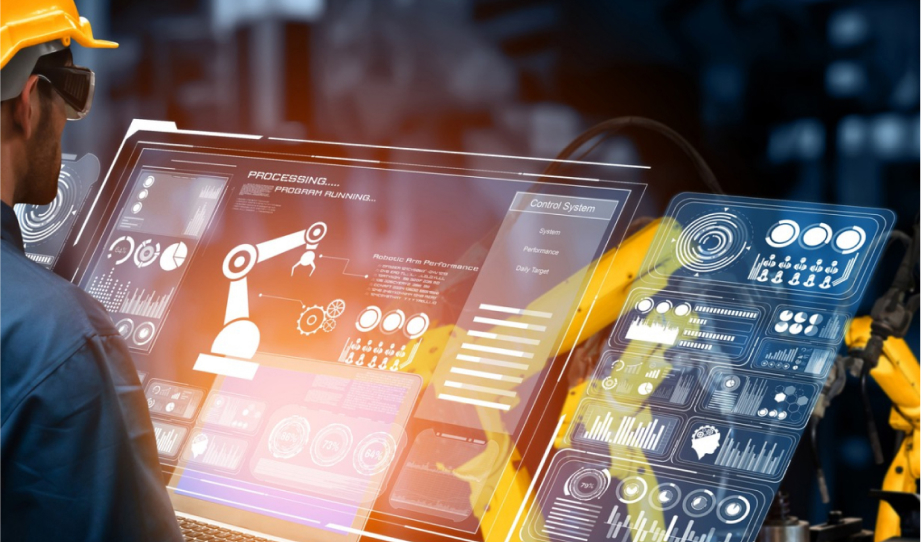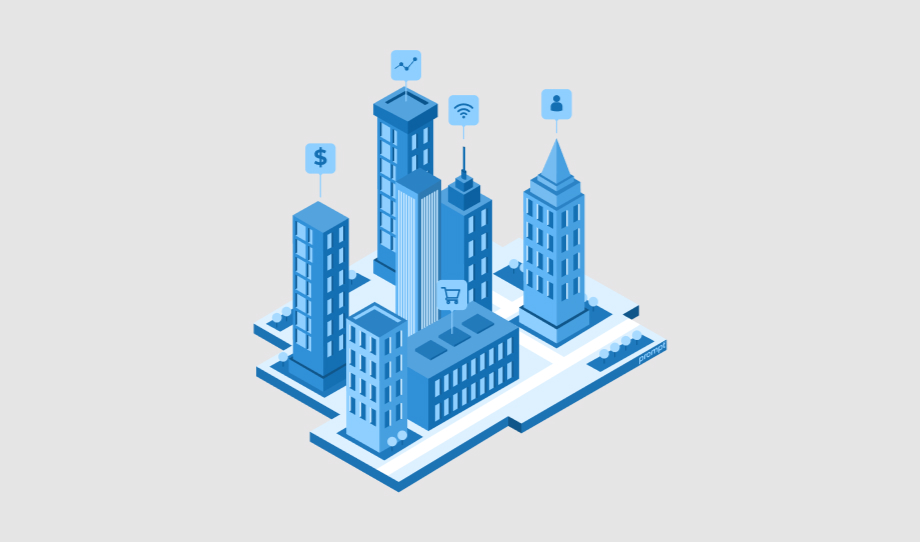How Can Data and Automation Assist with Sustainability in Your Business
The entire world is facing the inevitable digital transformation, which has not just changed the daily…
IoT-Enabled Livestock Management: A Smart and Sustainable Approach
Food is a basic need for every living being, and the importance of the agriculture industry…
How can Sustainability Change the Industrial Data Architecture?
Sustainability should not just be correlated to environmental policies; this term is now essential to business…
Energy Harvesting and IIoT: Sustainability for the Industrial IoT
The world is encountering tremendous economic and ecological changes along with challenges. The futuristic technologies are…
How will IoT Make Building Smart and Greener?
Smart building technology is becoming a new fashion, fuelled by a global need for better sustainability,…








